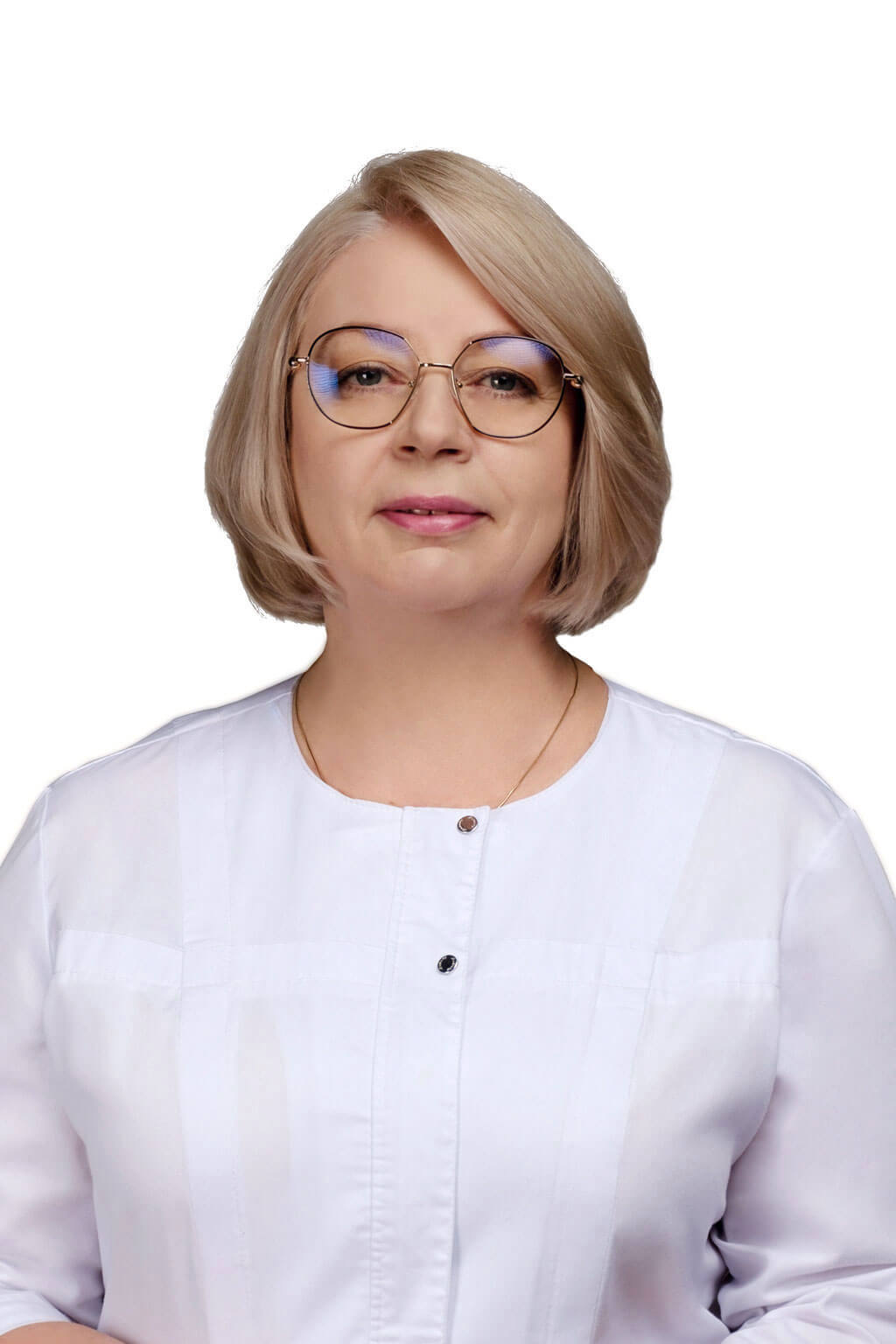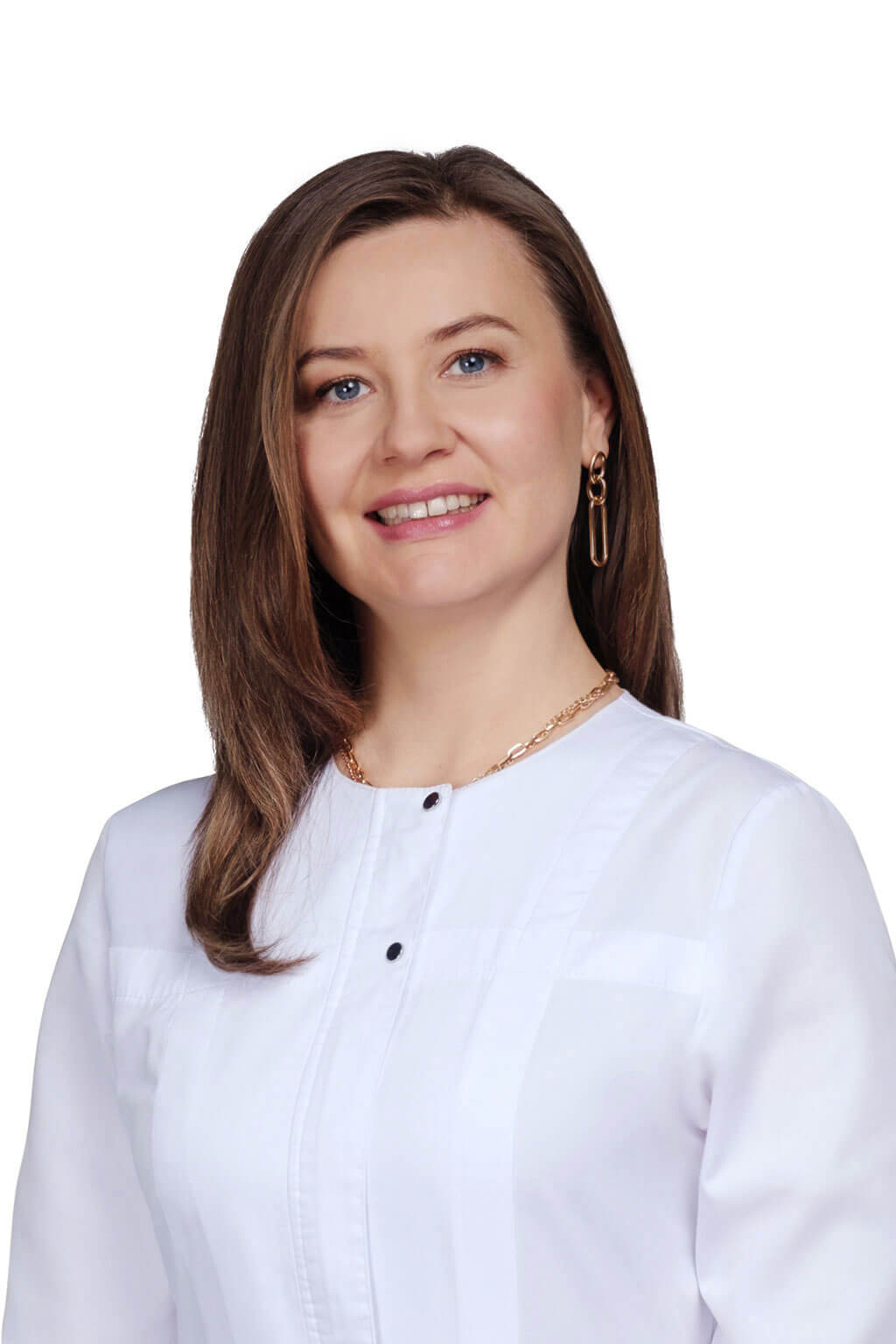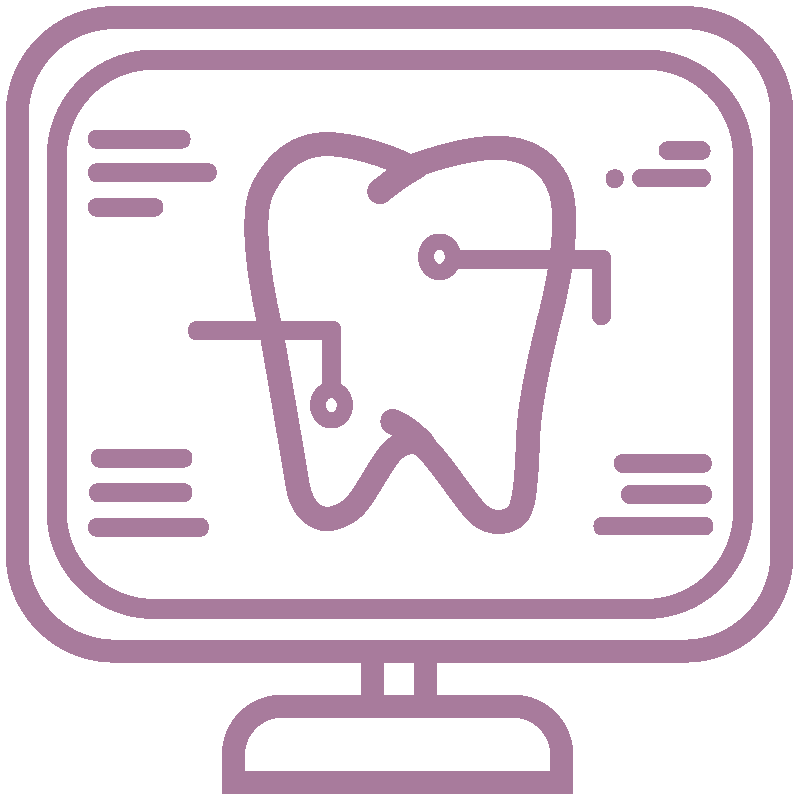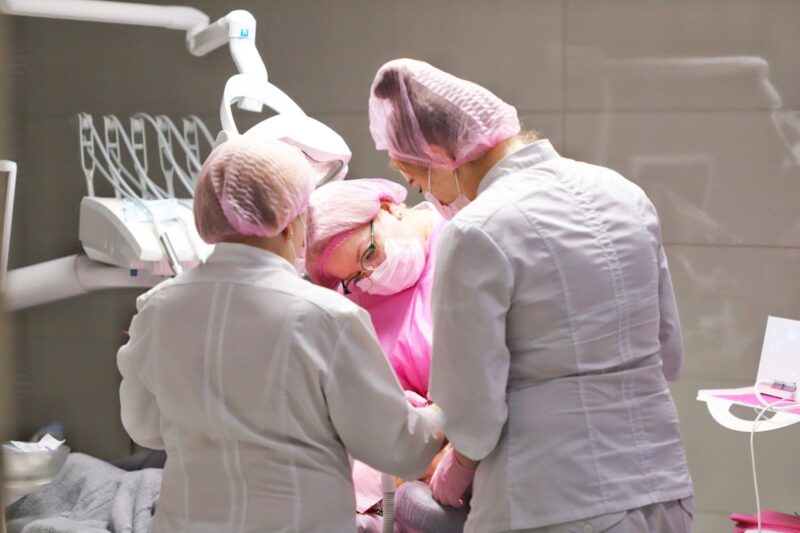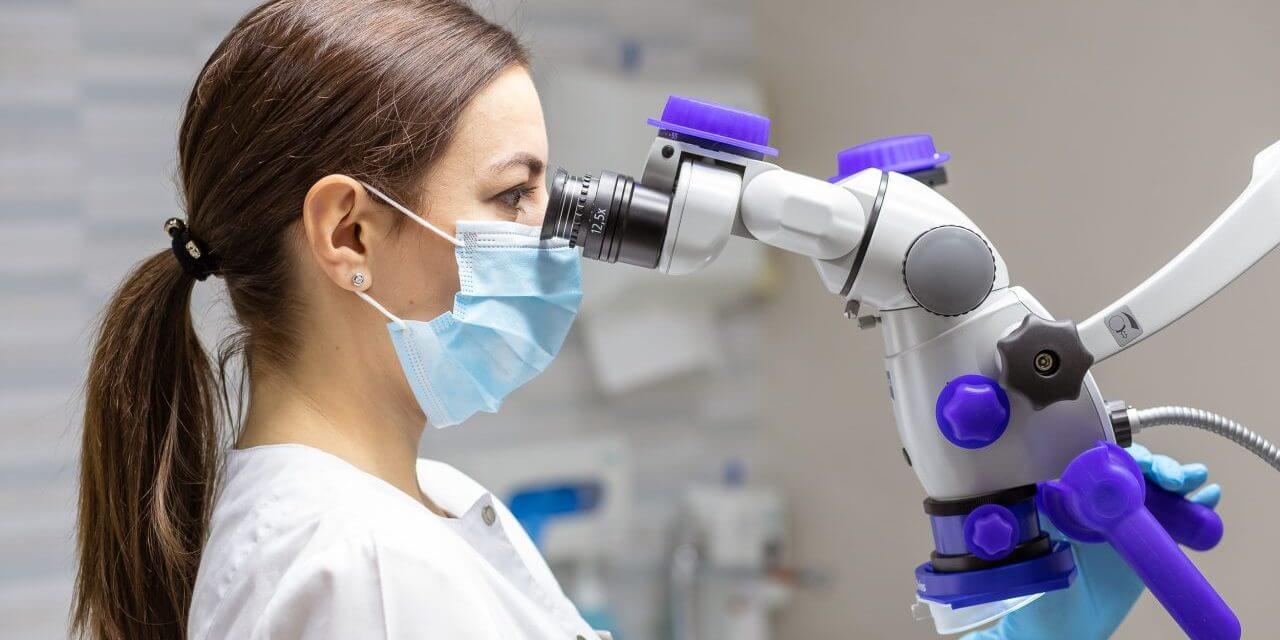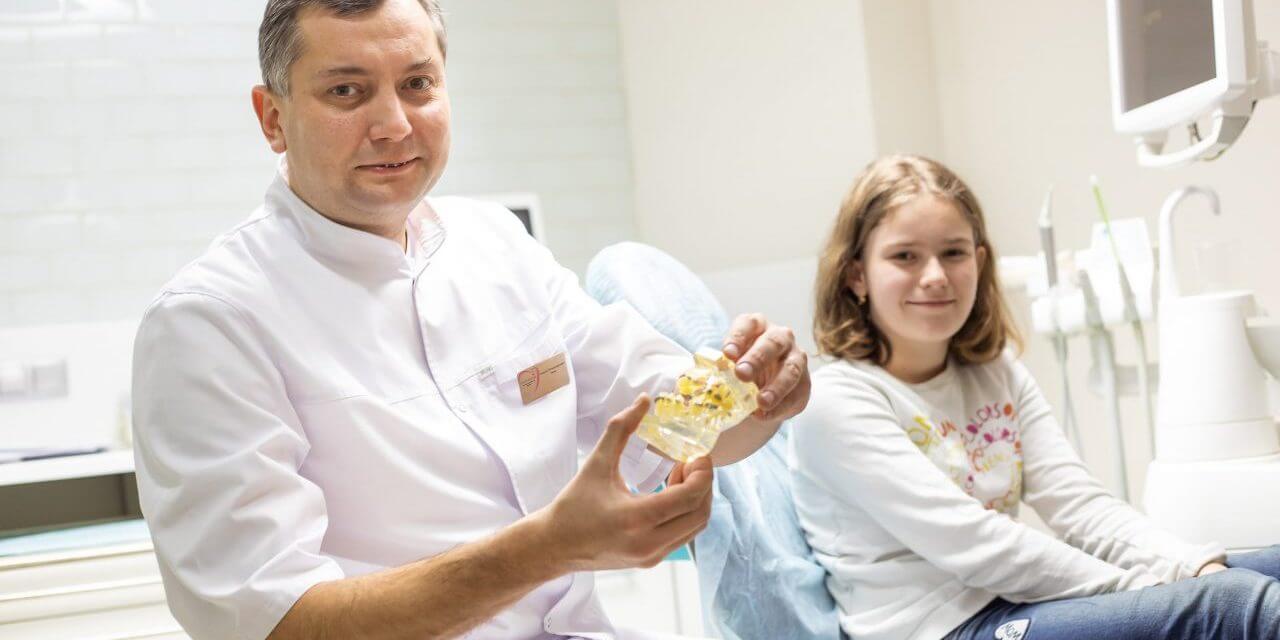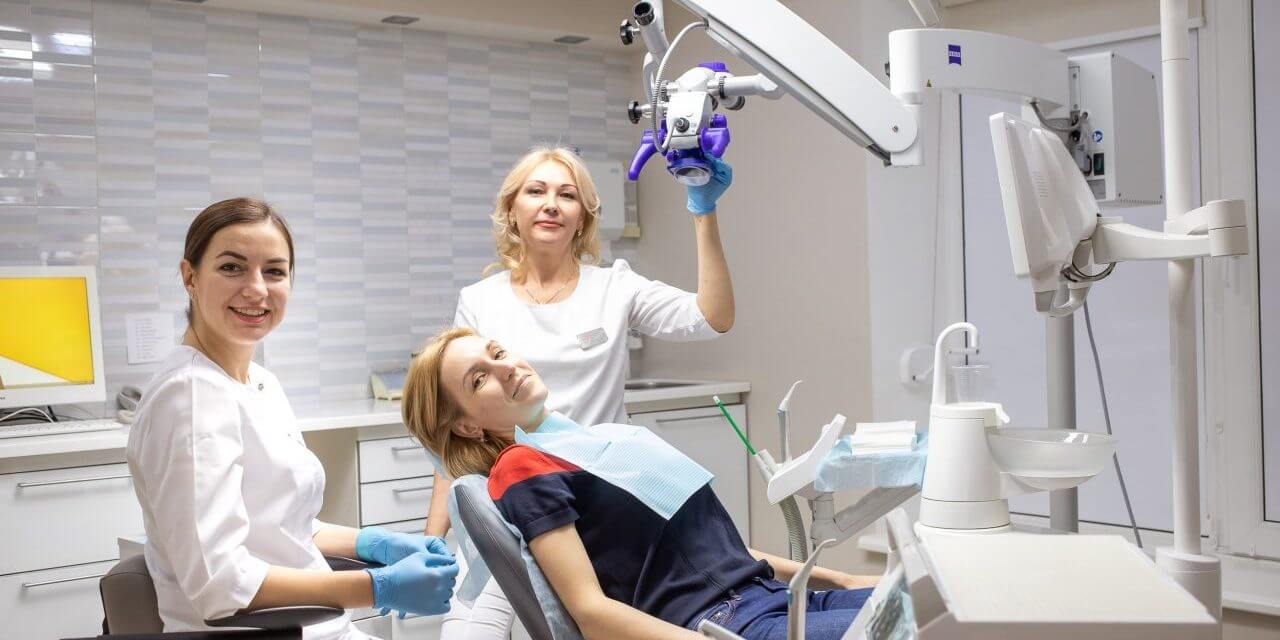Salivary glands have a rather complex structure. There are paired parotid, sublingual, submandibular, as well as those glands, which are called small, and they are located directly in the oral mucosa. The glands produce a secret that is vital for the formation of saliva. Saliva, in turn, is necessary for the formation of food lump, digestion and other processes. That is why any dysfunction of the salivary glands leads to serious consequences.
Diagnostic and treatment methods
Pathology of the salivary glands are detected by palpation, during visual inspection. Probing helps to identify narrow areas, accrescensy as well as detect salivary stones. The level of salivation is detected by sialometry. In addition, there are other types of research, including universal ultrasound, CT and radiography. As for diseases, the most frequent are inflammatory processes. Sialadenitis is characterized by an acute course, the occurrence of infiltration. In advanced cases, tissue necrosis occurs with the subsequent formation of a scar.
In order to prescribe treatment, the pathogen is identified first. Antibacterial, antifungal, antiviral therapy are the main methods. Additionally, vitamins and drugs that increase the body’s resistant forces are involved. Among the radical measures – the opening of a purulent area. When pus is released from the duct of the gland, the antibiotic is injected directly into its mouth. Chronic sialadenitis occurs in various forms, each of them has its own characteristics.
Another common problem dental surgeons deal with is retention cysts in the salivary glands. The cyst is formed as a result of the obliteration of the duct of the gland. At first it is a painless, soft formation, but then it grows in size, making it difficult to swallow and even speech. To determine the nature of the neoplasm, a series of studies of its contents are carried out, for which puncture is performed. Methods for treating retention cysts of small glands are radical, that is, they are simply removed. This also applies to other types of tumors, for example, tumors – adenomas, adenolymphoma, etc.
In the Clinic of Dental Surgery of Professor Vesova, conservative and radical treatment of the pathologies of the salivary glands is carried out. On the basis of the medical institution there are all the necessary diagnostic and surgical equipment, and doctors have a great practice in treating this category of diseases.
Symptoms and Issues Requiring a Consultation at Professor Vesova’s Clinic
- Extraction of improperly positioned or impacted wisdom teeth
- Dental implant placement
- Reduced bone volume after tooth extraction
- Exposed tooth roots
- Formation of cysts in the jawbone and soft tissues
- Soft tissue neoplasms
- Difficulty opening the mouth
- Jaw clicking or unusual noises in the ears while chewing
- Tooth wear
- Facial trauma from accidents
- Consequences of unsuccessful surgeries or treatments
- Short lingual or labial frenulum
Our prices
Hygiene and periodontology
Dental implantation
Surgery
Leave your review about us!
Your opinion is valuable to us
